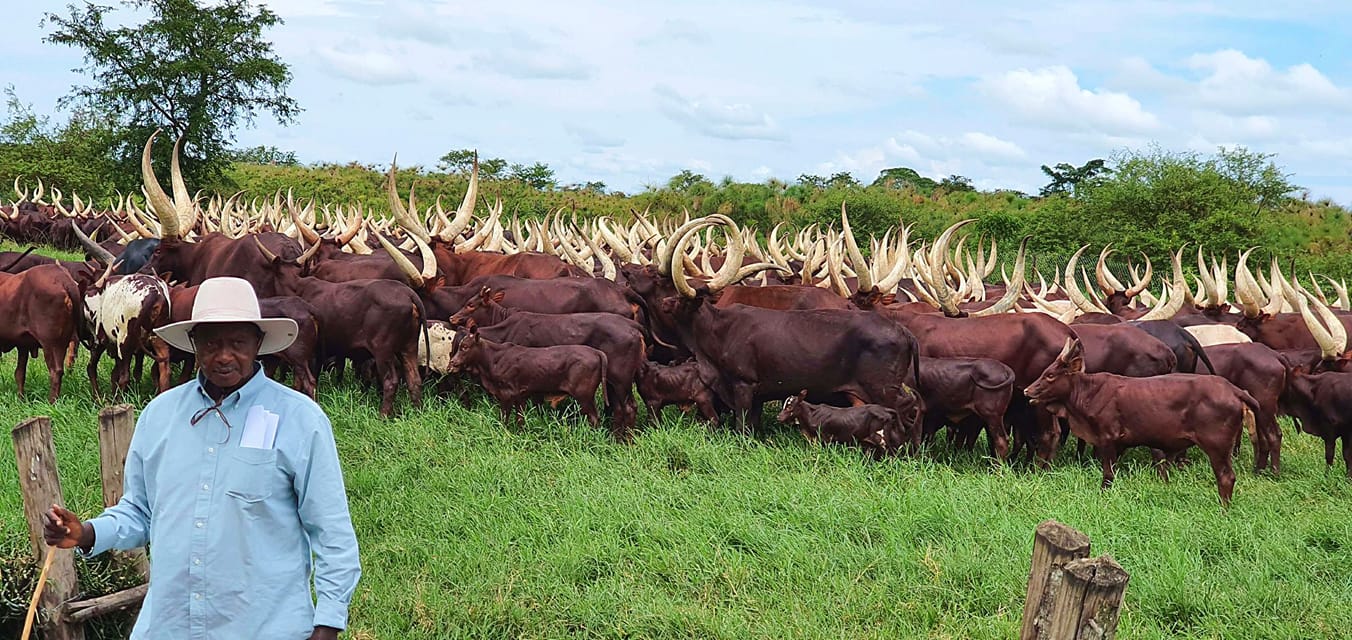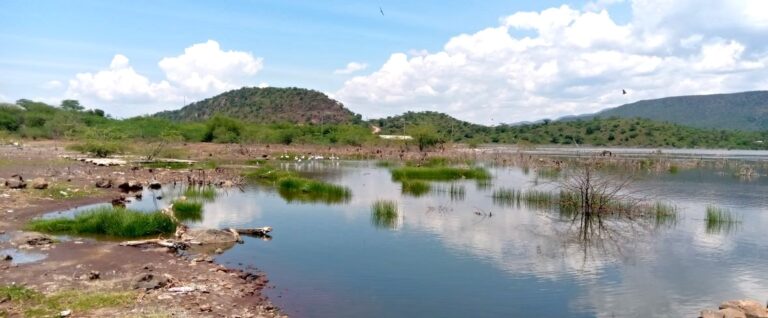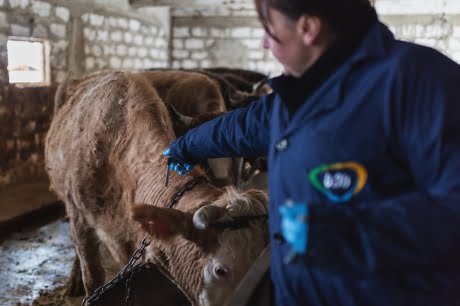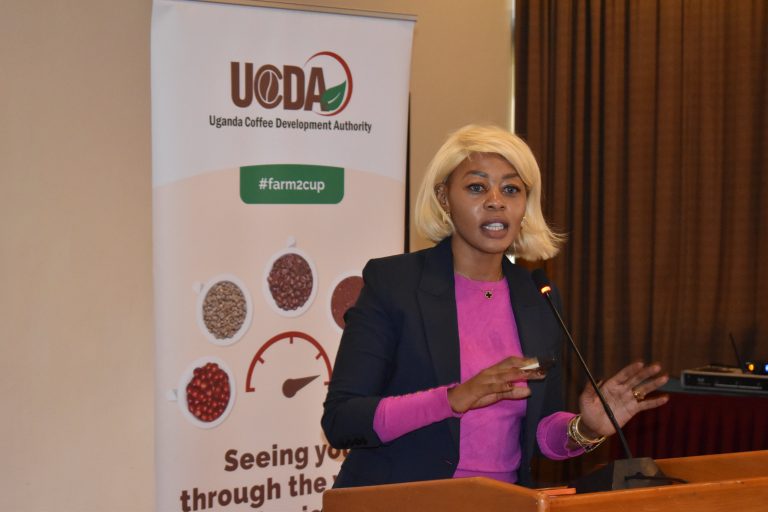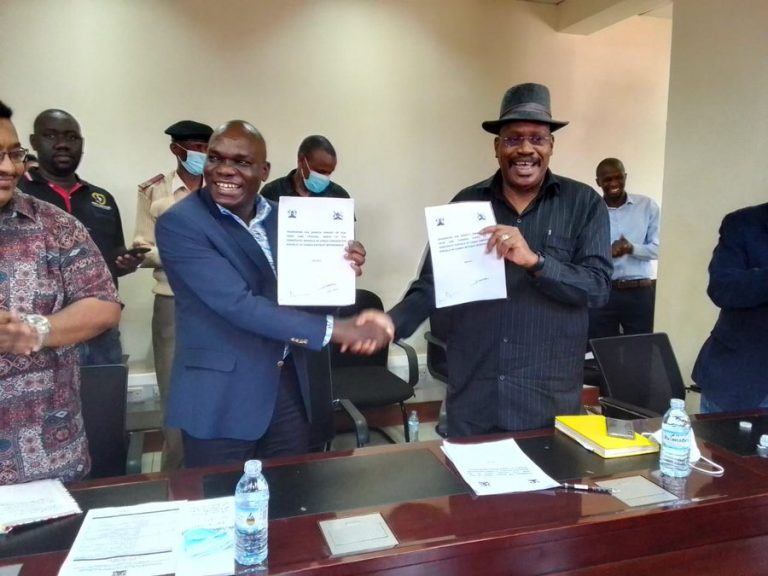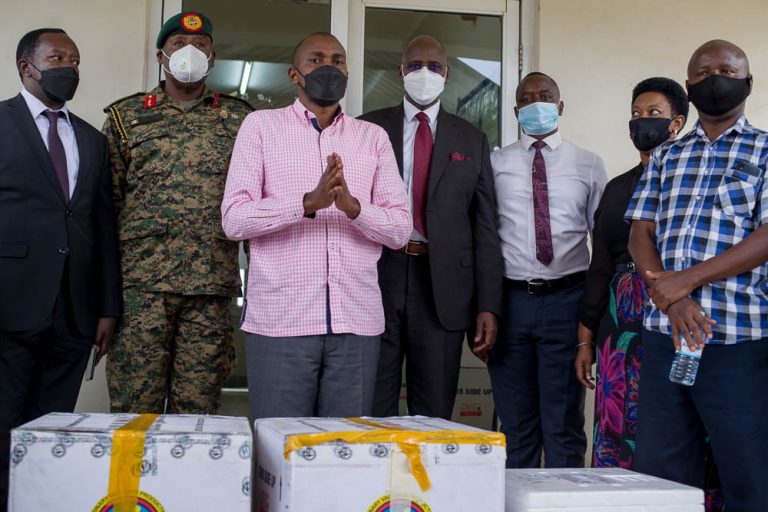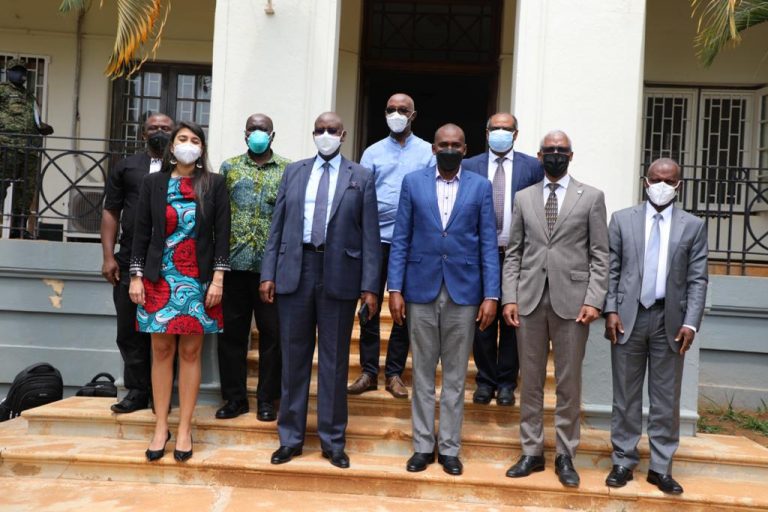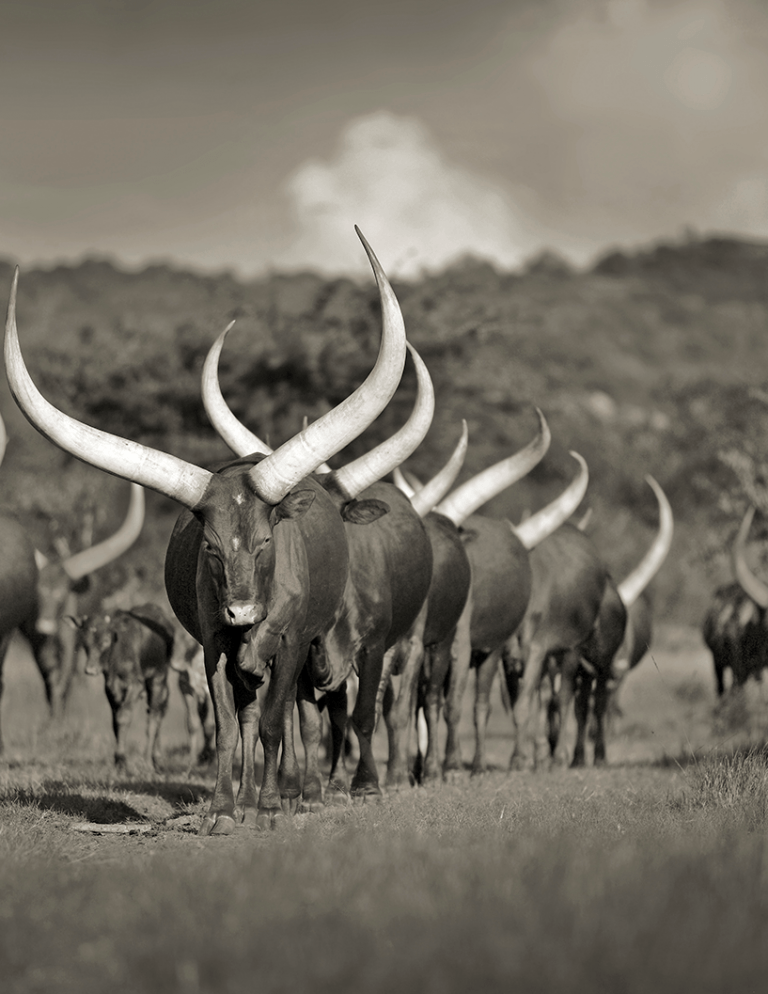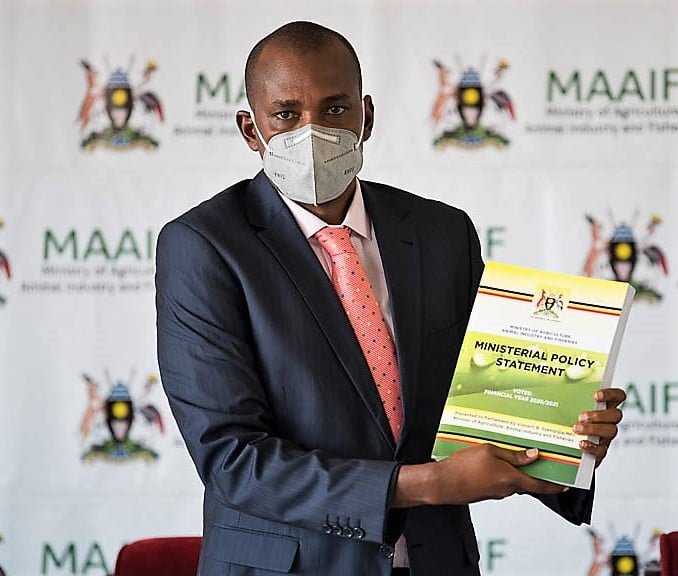By Yoweri Museveni,Uganda President
Recently, I was in Kisozi and Rwakitura, checking on my cattle. I thought it wise to share a few facts about some of the cows.
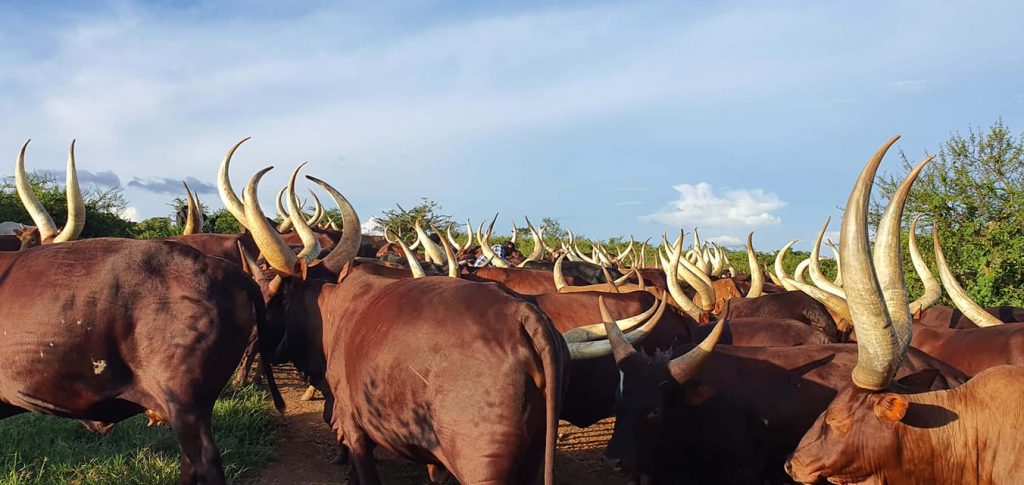
When I came from the Bush in 1986, Mzee Kaguta had a very good herd of cattle of 180 high- milking, big in size and with well – shaped white horns. Mzee Kaguta had successfully looked after this core family herd ever since 1941 when he had inherited 80 head of cattle from his father, Kabuguma, through natural calamities of rinderpest ( omubyamo -1944), trypanosomiasis (Rwakipumpumpuru – 1960 in Rubaya) and wars (1971-79 and 1981-86).
A branch of this herd was from Mbagari ( the one with spread-out horns) that had survived the rinderpest of 1893- before the coming of the Europeans. With my interventions of building a dip- tank and fully fencing the land that I had partially fenced in 1967-68, the cattle multiplied very fast, leading to separating branch herds (amashuubi) from the original herd (enkoroogyi).
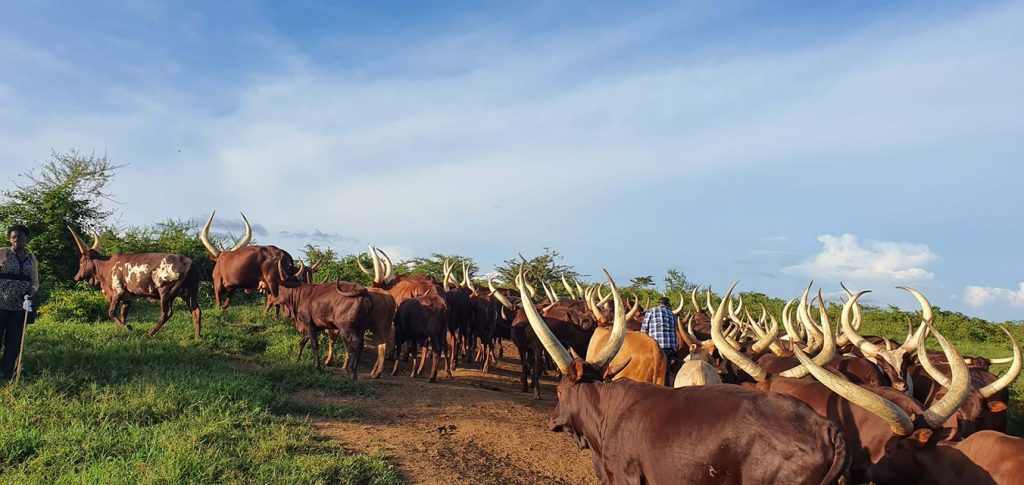
This is Emikuuto herd- the cattle with ebisa (cream- colour) . The traditional Banyankore / Bahororo must be congratulated for maintaining the Saanga cattle ( empima) through the ages. The Saanga cattle are three types: enshuungye – the tall and big cattle with soft bodies; enkome – the smaller and sturdy cattle – ezigumire ; and the enigma- the short horned, mountain cattle. Some of these cows were high – yielders in terms of milk. I salute the Banyankore/ Bahororo for defending this heritage of Africa. However, leaving this breeding to only peasants had created a dangerous disorientation. The traditional cattle – keepers had gone off the point and started concentrating on the colour (bihogo – a type of what – brown or something like that- English is too poor to accurately describe) and the shape of the horns and forgotten completely the issue of milk – yield and size.
When i came from the Bush and I got my first herds from Mzee Kaguta, I rejected the prioritization of colour ahead of milk- yield and size. The latter came first; the former was secondary. I, therefore , sought after and preserved all colours: ebihuura, ebigabo, Obugoondo, ebireemba, ebisa etc etc. The herd in the picture is the emikuuto herd (the cream coloured ones).
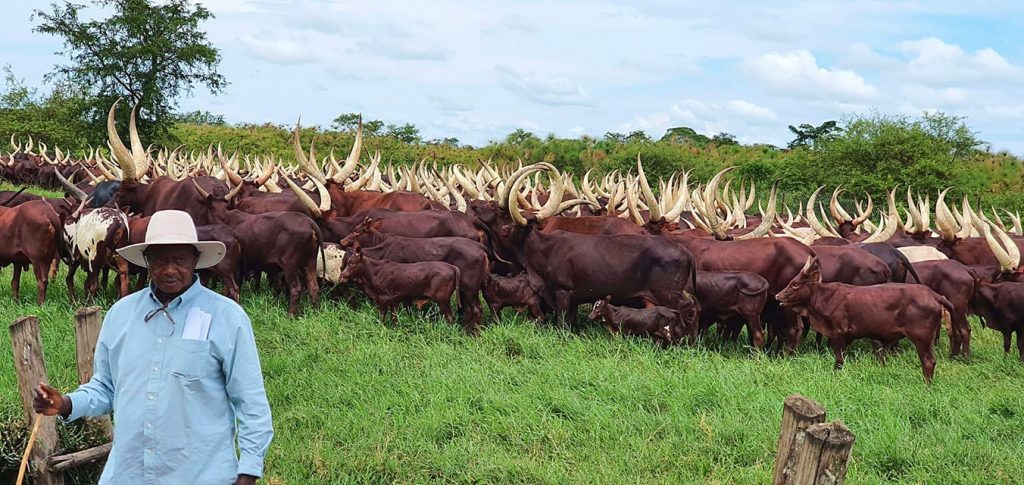
Abarema- nduuru
This is the herd Mzee Kaguta separated for me (Kushoroora ) in 1989. I asked him what name I should give the herd. He said, after a moment of thinking , that I should call them Abarema- nduuru, signifying the many calamities our family herd had gone through : rinderpest epidemics of 1893, 1933 and 1944 ; the tryposomiasis of 1960; the wars ; the tick – born diseases; etc etc. That original herd has produced many other herds. It is now, more or less, Empogo – the prized colour of the Banyankore/ Bahororo.
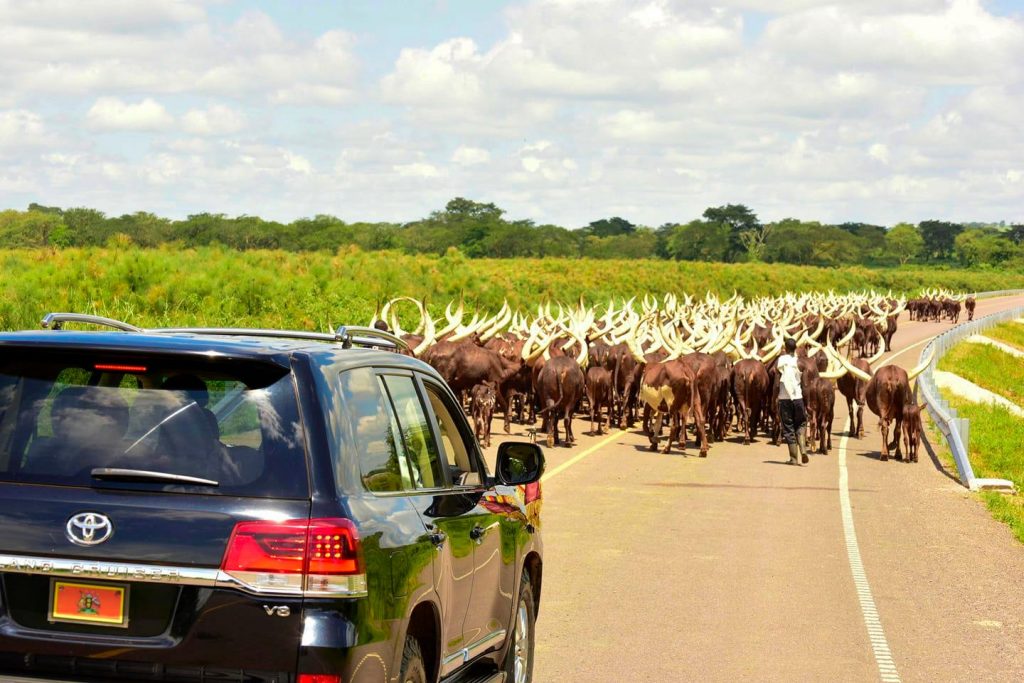
Emisiina herd.
Driving behind emisiina as they recrossed Katonga bridge after the dipping on Sembabule side.
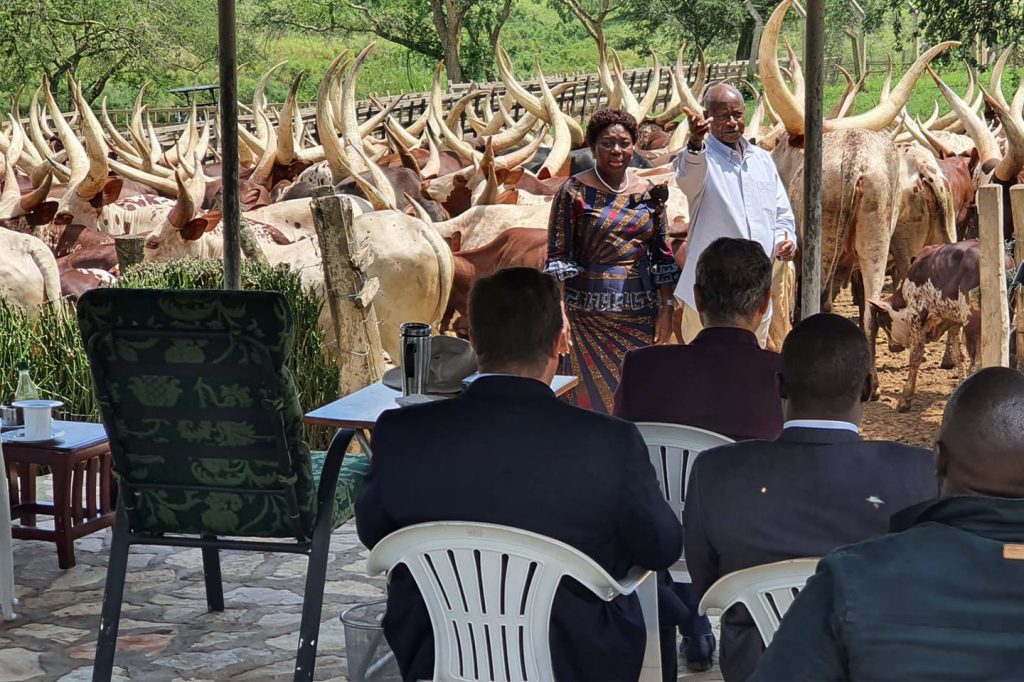
This is ekigoondo herd mainly descended from Ruhaambwa ebitarira- side – burns- which was my mother’s ghee- cow (enchuundwa). Women were always given their nchuundwa’s on marriage. Those nchuundwas were used by the superstitious Banyankore to monitor the fortunes of the woman – whether she had omukono gw’okutuunga or not. Was she a lucky one or not? Omukaikuru Esteeri Kokundeka passed that test with flying colors because Ruhaambwa and the other nchuundwas were quite prolific.
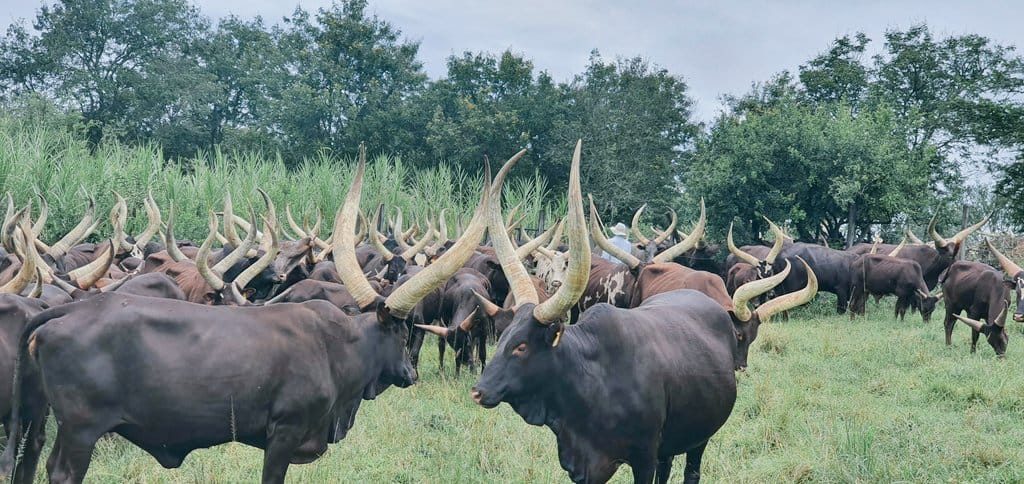
Enkoroogyi
The foundation herd at Rwakitura – the Enkoroogyi. Some are old having done their duty, at least, a dozen calvings.


